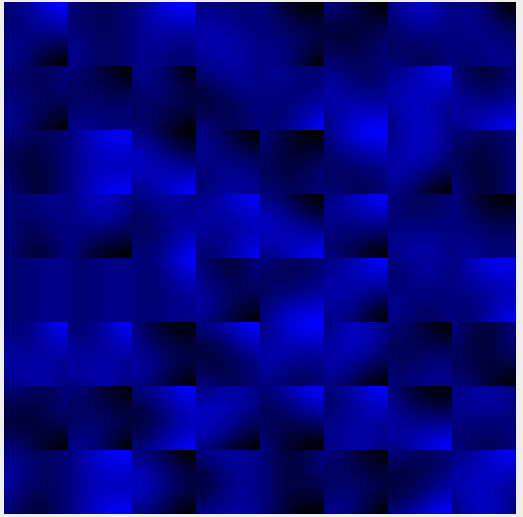So I’m trying to write my own perlin noise algorithm at the moment but I’ve been stuck with this one problem for a long time
Here is my result:
And here’s my code (sorry it’s a bit messy, I’m not using a proper vector class at the moment):
private float dot(float x0, float y0, float x1, float y1) {
return (x0 * x1) + (y0 * y1);
}
public float sample(float x, float y) {
int gx0 = (int) Math.floor(x);
int gy0 = (int) Math.floor(y);
int gx1 = gx0 + 1;
int gy1 = gy0 + 1;
float dx0 = x - gx0;
float dy0 = y - gy0;
float dx1 = x - gx1;
float dy1 = y - gy1;
float w0 = dot(dx0, dy0, getVX(gx0, gy0), getVY(gx0, gy0));
float w1 = dot(dx0, dy1, getVX(gx0, gy1), getVY(gx0, gy1));
float w2 = dot(dx1, dy1, getVX(gx1, gy1), getVY(gx1, gy1));
float w3 = dot(dx1, dy0, getVX(gx1, gy0), getVY(gx1, gy0));
float sx = weigh(dx0);
float sy = weigh(dy0);
float a = lerp(sy, w0, w1);
float b = lerp(sy, w2, w3);
float h = lerp(sx, a, b);
return h;
}
private float weigh(float x) {
return 3 * (x * x) - 2 * (x * x * x);
}
private float lerp(float w, float a, float b) {
return a + w * (b - a);
}
The functions getVX and getVY get the respective x and y components of the vectors at the grid points. I’m pretty sure this isn’t an issue with random generation of the gradients on the grid points but I can post this code if it will help!
Thanks in advanced :D!

